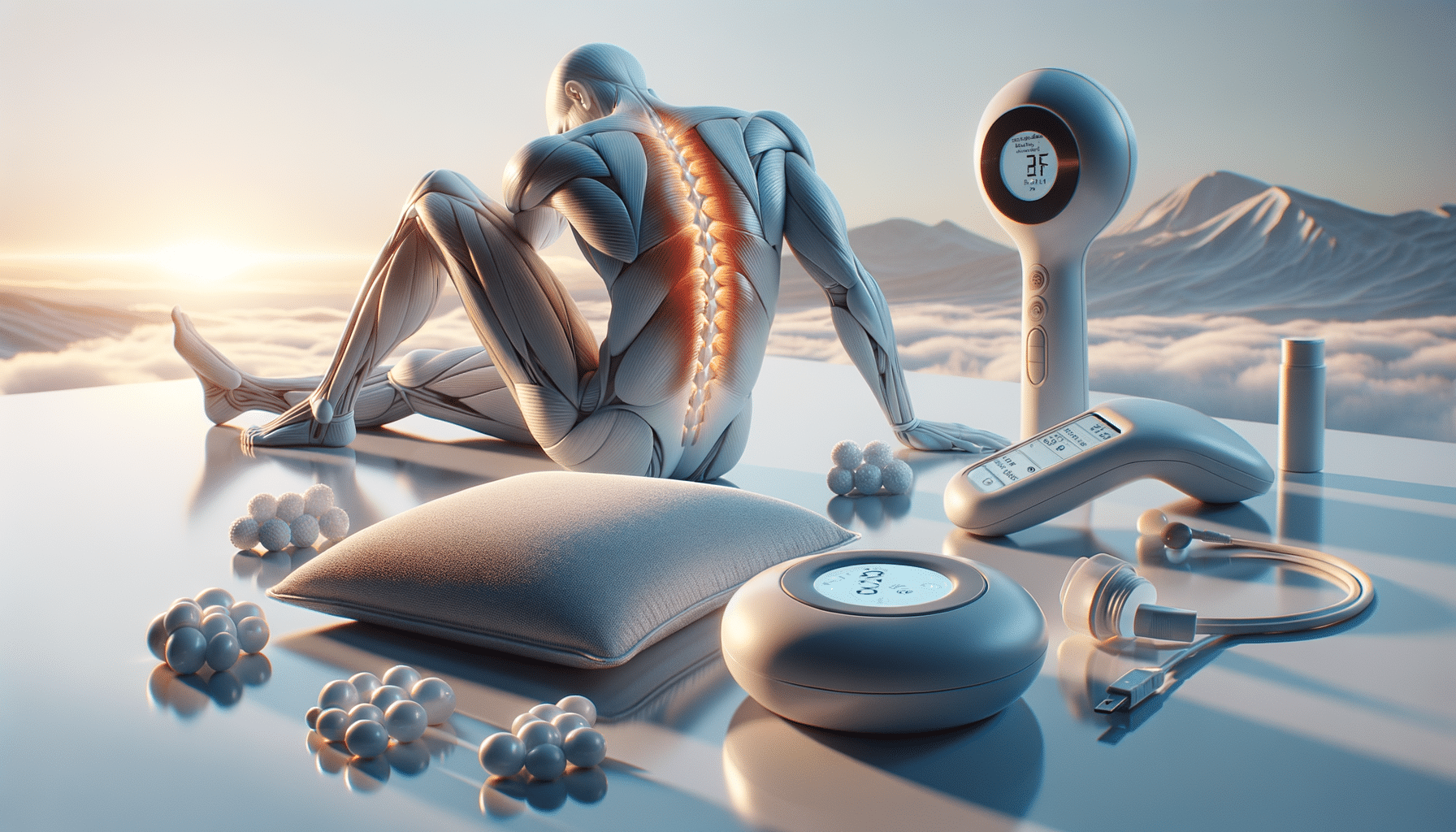
Effective Strategies for Muscle Relief
Understanding Muscle Tension and Its Causes
Muscle tension is a common issue that affects individuals of all ages and lifestyles. It often results from a variety of factors, including stress, poor posture, and physical overexertion. Understanding these causes is crucial in addressing and alleviating muscle discomfort effectively.
Stress is a significant contributor to muscle tension. When the body is under stress, it releases hormones that prepare it for a ‘fight or flight’ response. This can lead to muscle tightening as the body braces itself for action. While this response is beneficial in short bursts, chronic stress can keep muscles in a constant state of tension, leading to pain and discomfort.
Poor posture is another culprit. In today’s digital age, many people spend hours hunched over computers or mobile devices, leading to strain on the neck, shoulders, and back muscles. This prolonged strain can cause muscle fibers to become tight and knotted.
Physical overexertion, whether from intense workouts or repetitive movements, can also lead to muscle tension. When muscles are overworked without adequate rest, they can become fatigued and sore. Recognizing these causes is the first step in finding effective muscle relief solutions.
Stretching and Its Benefits for Muscle Relief
Stretching is a simple yet highly effective method for alleviating muscle tension. It helps to increase flexibility, improve circulation, and reduce the risk of injury. Incorporating regular stretching into your routine can significantly enhance muscle health and overall well-being.
Dynamic stretching, which involves active movements that take joints and muscles through their full range of motion, is particularly beneficial before exercising. It prepares the muscles for physical activity, reducing the likelihood of strains and sprains.
Static stretching, on the other hand, is more effective post-exercise. Holding stretches for 15-30 seconds helps to lengthen muscles, alleviate tightness, and promote relaxation. Key areas to focus on include the hamstrings, quadriceps, and back muscles, which are often prone to tension.
Regular stretching not only aids in muscle relief but also enhances posture and balance. It is a preventive measure that supports long-term muscle health, making it an essential component of any fitness regimen.
The Role of Massage Therapy in Muscle Relaxation
Massage therapy is a renowned technique for relieving muscle tension and promoting relaxation. It involves manipulating the body’s soft tissues to enhance circulation, reduce stress, and alleviate pain.
There are various types of massage, each offering unique benefits. Swedish massage, for instance, uses long, gliding strokes to relax the entire body, while deep tissue massage targets deeper layers of muscle and connective tissue to address chronic tension and pain.
Regular massage can help to break down muscle knots, improve flexibility, and increase blood flow to affected areas. This not only reduces discomfort but also aids in faster recovery from injuries or rigorous physical activity.
Additionally, massage therapy can be a valuable tool for mental relaxation. The soothing environment and gentle touch help to lower stress levels, which in turn reduces muscle tension. Incorporating massage into your wellness routine can lead to significant improvements in both physical and mental health.
Heat and Cold Therapy for Muscle Relief
Heat and cold therapy are practical methods for managing muscle tension and pain. Each type of therapy serves a distinct purpose and can be used to address specific muscle-related issues.
Heat therapy, such as warm baths, heating pads, or warm towels, is effective for relaxing and loosening tight muscles. It works by increasing blood flow to the affected area, which helps to soothe discomfort and promote healing. Heat therapy is particularly beneficial for chronic muscle tension and stiffness.
Cold therapy, on the other hand, is ideal for reducing inflammation and numbing sharp pain. Applying ice packs or cold compresses to the affected area can help to minimize swelling and provide immediate relief. This method is often used for acute injuries or after intense physical activity.
Both heat and cold therapy are accessible and easy to apply at home. Understanding when and how to use each type of therapy can significantly enhance muscle recovery and comfort.
Incorporating Mindfulness Techniques for Muscle Relaxation
Mindfulness techniques, such as meditation and deep breathing exercises, play a crucial role in muscle relaxation and overall stress management. These practices help to calm the mind, which in turn can reduce physical tension in the body.
Meditation involves focusing the mind on a particular object, thought, or activity to achieve a mentally clear and emotionally calm state. Regular meditation practice can lower stress levels, leading to a decrease in muscle tension.
Deep breathing exercises, which involve slow and controlled breaths, can also help to relax muscles. This technique increases oxygen flow to the muscles and encourages the release of endorphins, the body’s natural painkillers.
Incorporating mindfulness into your daily routine can lead to a more relaxed body and mind. It is a holistic approach that complements physical methods of muscle relief, promoting a balanced and healthy lifestyle.